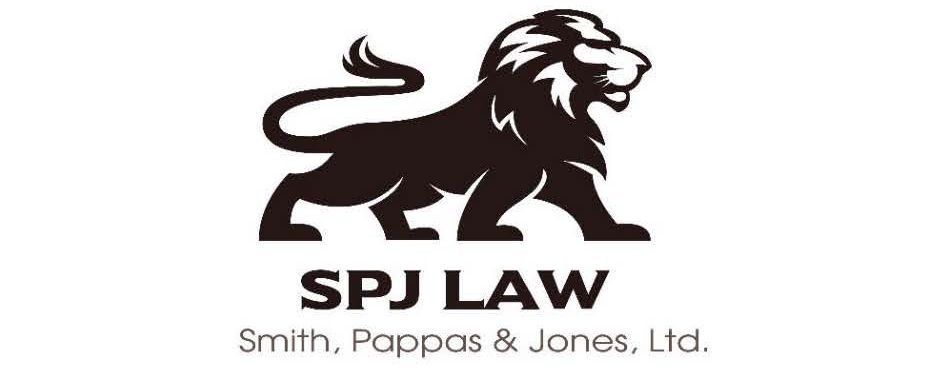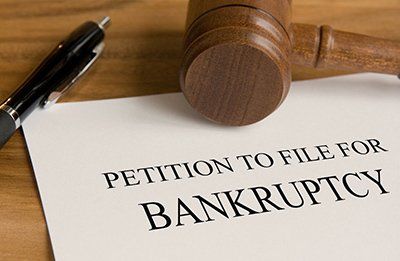The Automobile Financing Crisis
The average cost of owning a vehicle in 2022 was $10,728, about 17.5 percent of the median income for a household of one in the state of Illinois.

Macroeconomic Environment
Inflation
The macro-economic global environment is still experiencing fallout from many governments’ economic policies in response to the coronavirus pandemic which included, stimulus packages supporting individuals and businesses with direct payments, increase unemployment benefits, and grants to businesses. Additionally, the government mandated that many businesses shut down to stop the spread of the coronavirus through social interaction. These policies caused demand to increase and supply to decrease, causing a significant shift in the supply and demand curve for many, if not all, goods and services.
Federal Funds Rate
The Federal Funds Rate is the interest rate at which banks lend reserve balances to each other, which correlates directly with the Prime Loan Rate, the rate at which banks are willing to lend to consumers with good credit ratings. During the coronavirus pandemic the Federal Funds Rate was extremely low (0.25%), so that consumers were motivated to take on debt to obtain assets, like a house, car, or even stock, which all appreciated significantly briefly after economic policies implemented in response to the coronavirus.
The Federal Funds Rate, from the end of 2021 to the beginning of 2022, increased the sharpest ever since the 1970s, and is currently at 5.5%. Looking at the past 50 years 5.5% is not a lot. However, many revolutions have occurred in the borrowing/lending industry since the 10% rates experienced in the 1970s and 1980s. The consumer has become reliant on credit with respect to larger purchases like a vehicles, home repair projects, major appliances, and even furniture. Therefore, today’s consumer has no capacity to tolerate the Federal Funds Rate of the 1970s and 1980s.
Tightening of Lending Practices
In early 2021 the Federal Reserve stated inflation is transitory and implied it would not be raising the Federal Funds Rates in the near-term. In response to the Federal Reserve’s statement banks purchased long-term U.S. bonds with their cash reserves so that they could generate some income from an investment that was thought to be safe. Inflation soared in 2021 and well into 2020, and in response the Federal Reserve raised the Federal Funds Rate. Raising the Federal Funds Rate increases the rate of return for bonds issued after the rate increase, but not those issued before. So, if the banks need to liquidate the long-term U.S. bonds they purchased at the low rate to satisfy near-term liabilities, they will need to sell their treasuries at a discount, because no one would buy old bonds at face value when they can buy new bonds yielding a greater return. The Federal Government had to make a deal with several banks in 2023 to ensure depositors would not lose their funds. When a bank’s bond portfolio becomes unhealthy it may lose its appetite for risk and extend fewer loans.
Expensive Vehicles, High Interest Rates, and a Strike
Consumer Price Index
The St. Louis Fed tracks the consumer price index of new vehicles, which is the percent that vehicles have increased since 1983. From March 1993 through December 2020 the price for a new vehicle ranged between 32 percent and 49 percent more than in 1983. Since December 2020, the consumer price for new vehicles spiked to where it currently sits at 79 percent more than in 1983. For example, a vehicle costing $15,000 in 1983 would have cost about $19,800 in March of 1993, $22,500 in December of 2020, and $26,850 as of October 2023. In less than three years vehicles have increase in price at a rate significantly greater than the 27 years prior.
Prime Lending Rate
As mentioned above, the prime lending rate is directly correlated with the federal funds rate, which has increased sharply since the end of 2021. The prime lending rate was 3.25 percent in December of 2020 when the vehicle from the example above was worth $22,500, which over five years costs $406.80 monthly. Currently the prime lending rate is 8.5 percent and the same vehicle now costs $26,850, which over five years costs $550.87, a 35 percent increase from December 2020. The loan can be stretched over a longer term, but that results in a greater interest-to-principal ratio on the purchase.
United Auto Worker Strike
Due to inflation the entry level wage of a United Auto Worker is inadequate to meet the cost-of-living, such that a new employee might need a part-time position to supplement their income to service a basic standard of living. This conflict between the inflated cost of living and the entry-level wage has resulted in a strike. A long strike could result in a constrained supply chain further increasing the cost of a new vehicle. If the manufacturers agree to pay their workers more, they may pass some or all of this increased labor cost to the consumer. Therefore, it's difficult to predict whether we will see a price correction in the price of a new vehicle following the recent spike.
Avoid Repossession
The price of everything is inflated and the cost of borrowing is high, it’s not a good time to be in the market for a vehicle, especially for those with poor credit. Those having difficulties keeping up with their vehicle payment should consult with a local bankruptcy attorney. A bankruptcy attorney can eliminate unsecured liabilities like credit card and medical debt so payments towards those debts can be redirected to other basic needs like food, transportation, and shelter. A bankruptcy attorney can also extend a car note for up to 5-years to cure arrears, stretch out the term for lower payments, and sometimes lower the interest rate.
Free Consultation
There are many considerations with respect to Bankruptcy too numerous to include in a brief publication. Bankruptcy is a practice suitable for an experienced debt relief attorney like those at Smith Law, Ltd. Because there are so many nuances in the application of bankruptcy law, it is inadvisable that a person not experienced or knowledgeable about Title 11 of the U.S. Code, and how the courts have interpreted those laws, to file bankruptcy without the assistance of counsel.
If you would like to consult with experienced Debt Relief Attorneys contact Smith Law, Ltd.
We are a debt relief agency. We help people file for Bankruptcy relief.










Share On: